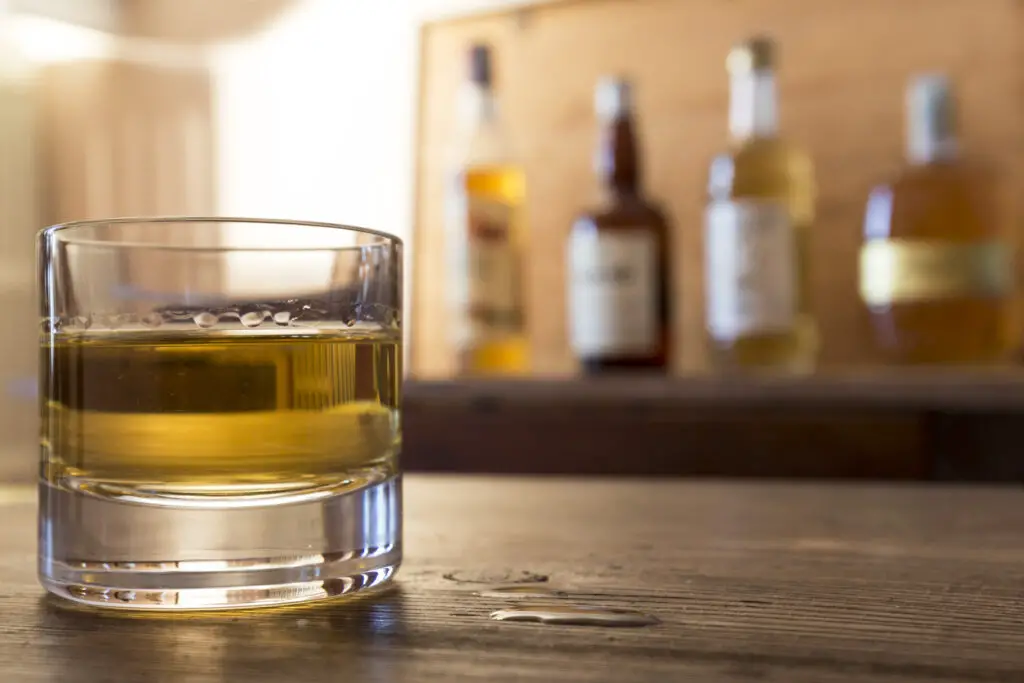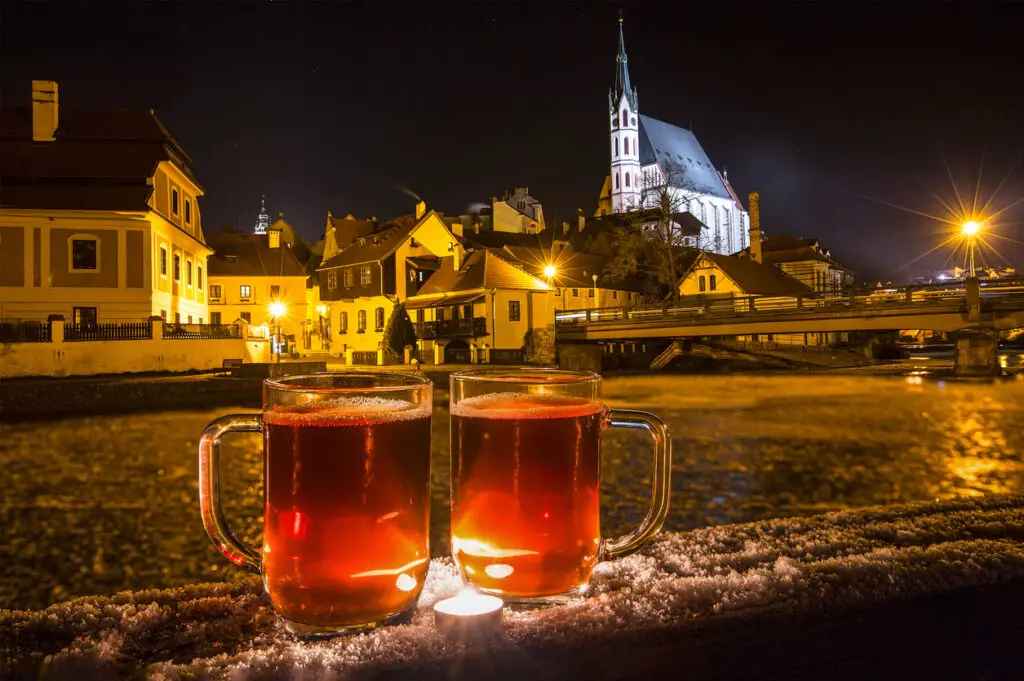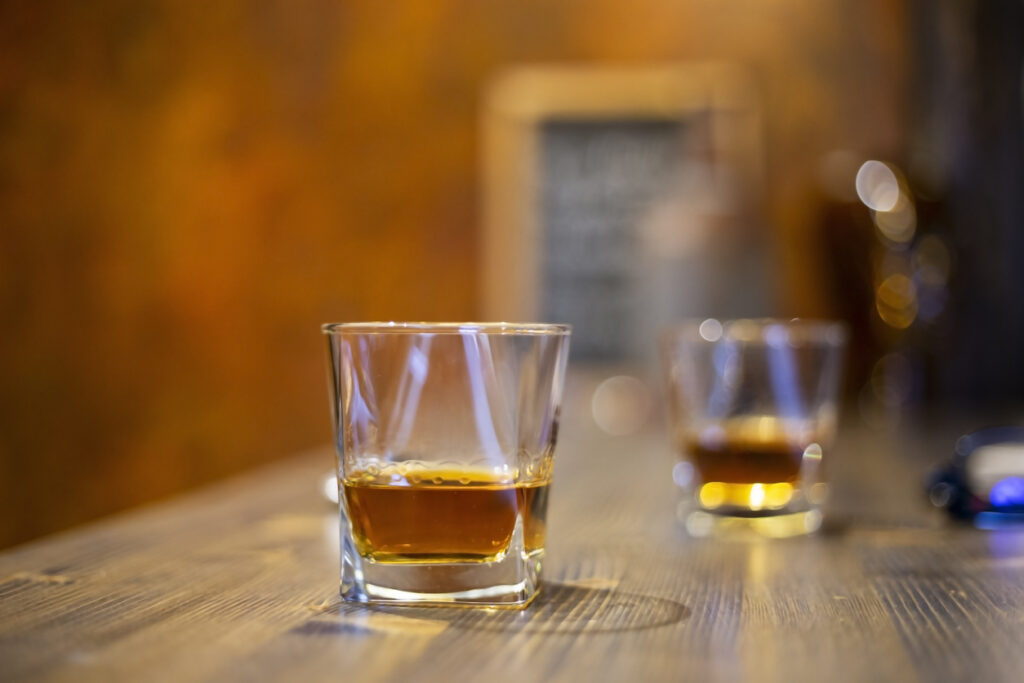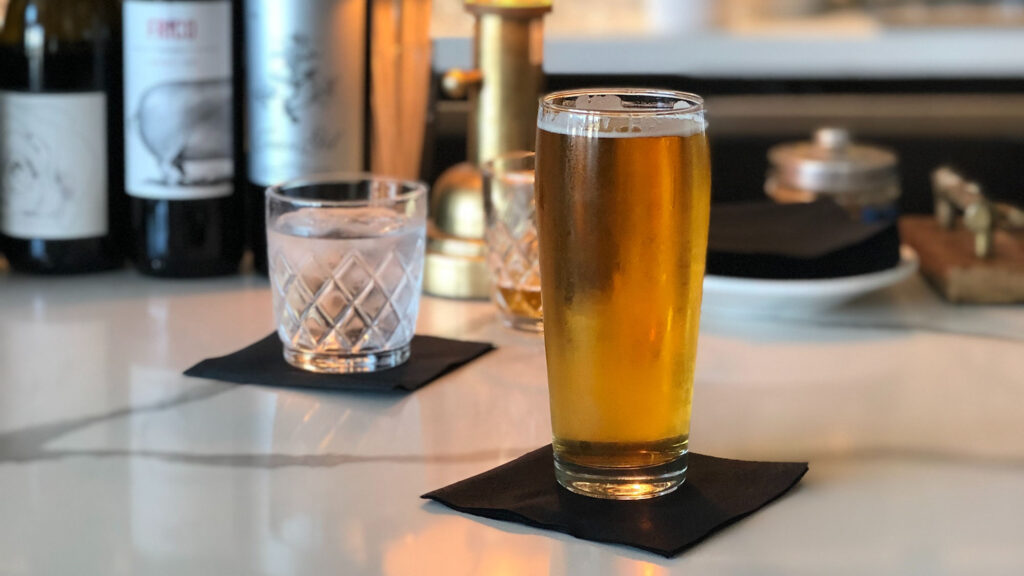Which came first, the chicken or the egg? A riddle as old as time, that no one has figured out yet. Now a similar question is, which originated first wine or beer?
According to the Bible and historical texts, wine was made first. Ancient civilizations figured out that if you squeezed the juice out of grapes and let it ferment you could make an alcoholic beverage. It wasn’t until years later that people figured out you could also ferment grains and make beer by soaking them in warm water.
However, according to archeological evidence, both wine and beer were found in the same period of Neolithic, somewhere between 7000 and 9000 BC. Some folks will define beer or mead differently which can also alter the answer to the question; which came first beer or wine.
It doesn’t matter how much we adore and cherish wine in our blog, we have a guest today-beer, and we will be hospitable talking about him first and a little more! Let’s dive into more detail on which originated first wine or beer.
The History of Beer
Antique Beer
Let’s start with the history of beer when answering which originated first wine or beer. Wine may be the oldest beverage of human history, but beer is the world’s first written recipe. While others were making the beer, one of them took the papyrus in ancient Egypt and documented the brewing process. It was around 5000 B.C.
The papyrus testifies that beers were brewed with fruits and herbs, including dates, pomegranates, and other indigenous herbs. Presumably, the taste of those beers would be harsh if we compare to today’s standards.
Author Note: But beer goes farther than these Egyptian records. In Mesopotamia, they made beer and did not have time to write down the recipe. But historians say that they drank beer around 10000’s B.C.
China also doesn’t fall much behind․ Chinese brewmasters produced beer brewed with grapes, honey, hawthorns, and rice as far back as 7,000 BC.
The Middle Ages

In the middle ages, beer became so popular in Europe that it became an initial part of everyday life. Especially in northern Europe, where the barley crop was plentiful and provided infinite material to the brewers․
The nutritional value of the beer was very important, but this was not the only thing people praised beer for. As in ancient times, people drank wine in Rome because the water was polluted; likewise, the beer was the safe alternative to water, which had become contaminated with human waste.
European Style Beer
During the early Middle Ages, people in Europe started to produce what we think of as modern beer. Brewers used malted barley as the primary source of fermentable sugar for hundreds of years. Still, hops as a bittering and flavoring agent did not become standard until around the twelfth century.
Before that time, brewers used many different herbs and spices to balance the beer’s sweet malt flavors.
German monks were the firsts who thought that sweet beer is not that good. So they began to use wild hops in beer. This ingredient quickly caught on. They felt that hops give a very delightful, thirst-quenching bitterness. Besides, the hops also preserved the beer, extending shelf life.
Monks were very much the Middle Ages’ preeminent brewers, with practically every monastery having a brewery on site.
Generally, monks are famous for many brewing innovations beyond hops’ introduction, including the idea of lagering or storing the beer in a cold place to improve flavor.
Even today, the monastic brewing tradition holds, with several Belgian monasteries ranking today among the world’s most excellent breweries.
America and Beer
If you want to know how much Europeans loved beer, note that the first permanent structure they built was a brewery when they landed in the New World. According to the Pilgrim’s journals, they landed at Plymouth Rock because the beer had run out and they needed to make more.
And Americans have been brewing ever since. Both New York and Philadelphia were early brewing centers in America: New York City alone had 42 breweries in 1810.
How Is Beer Made?
Barley, hop, water, and yeast are the basic components of beer. If only everything was this easy and you could create beer by mixing them together. But the raw ingredients are those mentioned above. The basic idea is to pry out the sugars from barley. This will help the yeast to turn it into alcohol and CO2, creating beer.
Malting
Making beer is a step by step process. It starts with the grains, most of the time barley is used, although wheat, rye, and others can participate. After harvesting the grains, they are processed through heating, then drying and cracking. The aim is to isolate the ferments that brewing needs and be ready for the next step.
Mashing
Mashing is the next process that the grains go through. Here they are steeped in hot water for about an hour, but don’t reach boiling condition.
This process activates ferments in the grains that cause them to break down and release their sugars. After this process is done, you separate the water from the mash, full of sugar from the grain. This mass, sweet, and sticky liquid is called wort. This is the beer to be, sort of the leaven for the dough, or merely unmade bread.
Boiling
The wort boiling process goes on for an hour. During the boiling process, brewers add hops and other spices several times.
Top Tip: As we told you already, hops are the small, green cone-like fruit of a vine plant. They render bitterness into the drink to balance out the sugar level in the wort and provide flavor. Hops also are a natural preservative, which is what people in the middle ages first used it for.
Fermentation

Once the hour-long boiling is done, the wort should be cooled, strained, and filtered. Then brewers put it into a fermenting vessel, and then add yeast to it. This is the point when the brewing is perfected, and the fermentation starts.
There are two ways of storing beer: if you do it in a room-temperature environment, it will take a couple of weeks. If you want it to hold longer than a couple of weeks, you keep it at a cold temperature. During this whole time, yeast does its fermentation.
Bottling and Aging
Your beer is ready! But, it is still flat and non-carbonated. If you want to have a well-balanced beer, you should bottle the liquid. The beer will carbonate in the bottles either artificially like a soda or via CO2 the yeast produces naturally. After a few weeks to a few months, you have a beer. You drink it, and it’s delicious!
Types of Beers
Continue reading if you have ever read different beer names in a pub menu and don’t understand what they are for.
The significant difference between types of beer comes down to the kind of yeast used to ferment it. Depending on the fermentation process, beer can be a lager or an ale. Ales are the ones that ferment in warmer temperatures, and the yeast settles on the beer’s top. In contrast, lager-making yeast tends to sit at the bottom of the beer, takes a longer fermentation process, and likes cooler temperatures. The yeast in ales has a higher tolerance for alcohol than the yeast used in lagers.
If you want to dive deeper, you can read about specific types of beer here.
Winemaking
You will find many articles about wine history, wine types, winemaking, legends, and anything else on our blog. So we want to challenge you here to use your knowledge! Despite all the rules and specificities that winemakers stress, the winemaking process is more comfortable than many people think. When the yeast meets the grape juice, you leave them alone in a place where they can ferment.
DIY Wine at Home
No matter how rich the wine shop shelf is, making your own wine is a dream. You can mix your favorite grapes and create a new wine type. You can even name it after yourself. But you will need patience because it is not a two-hour job. It will take weeks.
The DIY winemaking process is something between Noah’s method and super modern technologies of making wine. Ready? Let’s go!
How to Make Wine
Let’s first see what equipment you should consider buying, as it is an essential part of the winemaking process. So, you need:
- Three 1-gallon glass jars (this is for secondary fermentation containers)
- Funnel to fit into the jaws of the glass bottles
- Fermentation traps to lock the air
- A rubber cork (or bung) to fit into the secondary fermentation container
- Nylon mesh straining bag (large)
- 6 feet of clear half-inch plastic tubing
- About 20 wine bottles (you’ll need five bottles per gallon of wine)
- Number 9-size, pre-sanitized corks
- Hand corker (ask about renting these from the wine supply store)
- A Hydrometer to measure sugar levels
Edible ingredients for the drink are:
- Tones of wine grapes (seriously, they have to be a lot)
- Water (preferable filtered)
- Tannins (optional)
- Acids (optional)
- Sugar (granulated)
- Wine yeast
The Process of Winemaking

First clean the environment on which you are going to work, the tools, and the grapes. Then you crush the grapes into juice. You can do it with your hands, or like old school-with feet.
Author Note: When the juice is in the containers, add the wine yeast. You measure the sugar level before adding it. Adding sugar helps boost low alcohol levels, and we suggest to resolve it into the water, then add to the mass. If the sugar level is less than 1010, you add granulated sugar+water.
Cover the containers with a cloth and wait for ten days. After ten days, you move the fermented juice into the second fermentation sanitized glasses.
During the second fermentation period, wine can be turbid. This is ok, and you wait for 2-3 months until the wine is done thoroughly, and it will go clear. The process’s name is racking.
After this, you finally pour the ready wine into the wine bottles and put the cork. Wait three more days until you enjoy it. You can store this wine for up to three years.
Conclusion
The phrase “wine or beer” is a pickup line in some cultures nowadays. Still, this is a rhetorical question, as they are very different and challenging to choose in between. So you make your choice and let us know which wine you prefer(just kidding)! we hope you enjoyed this article on which originated first wine or beer.
To living a full-bodied life,
Wesley

